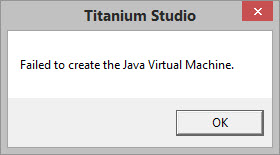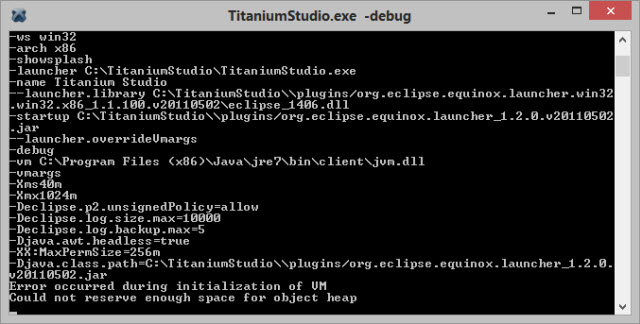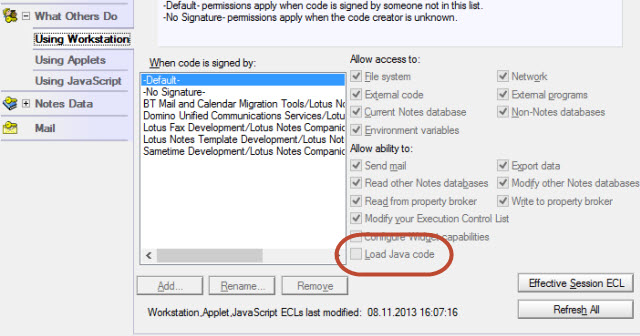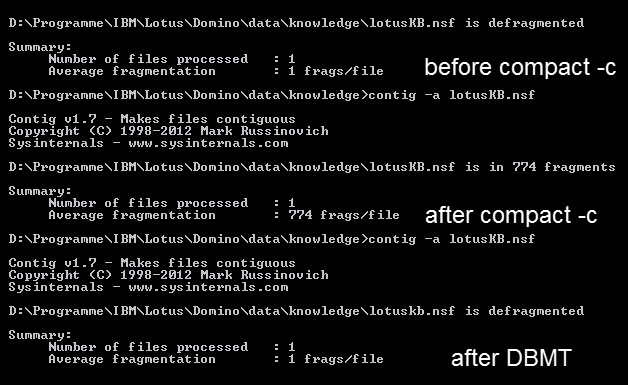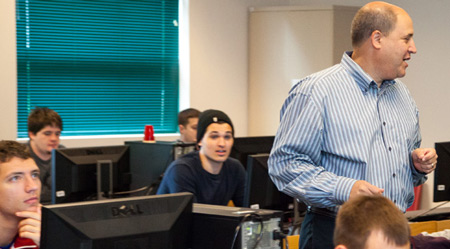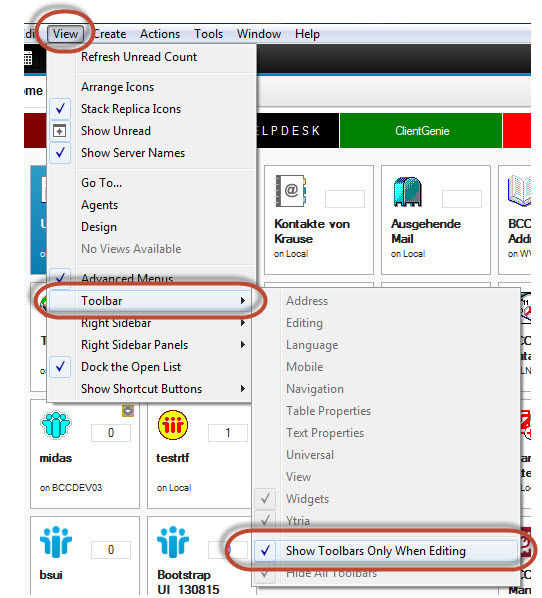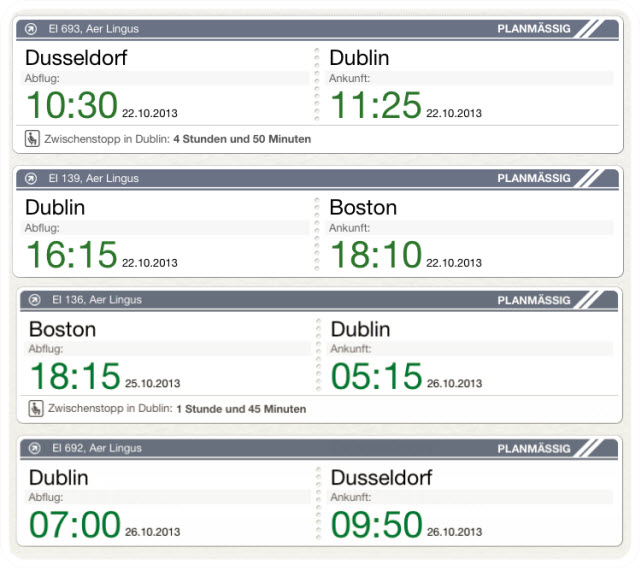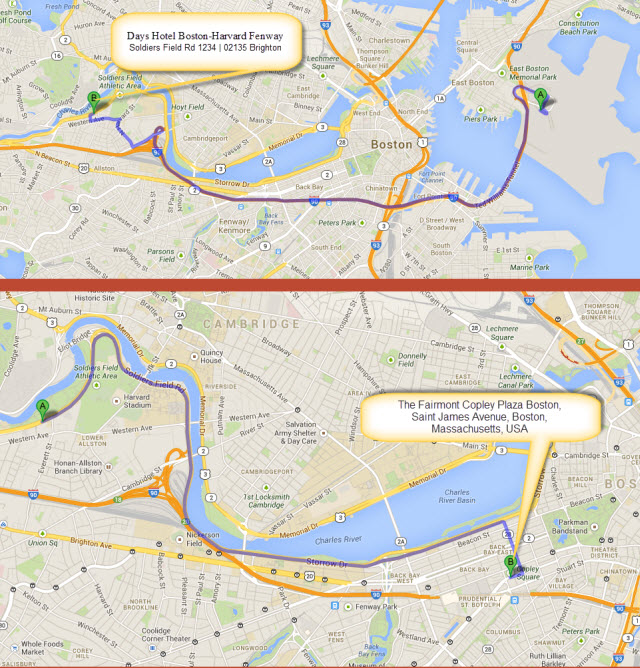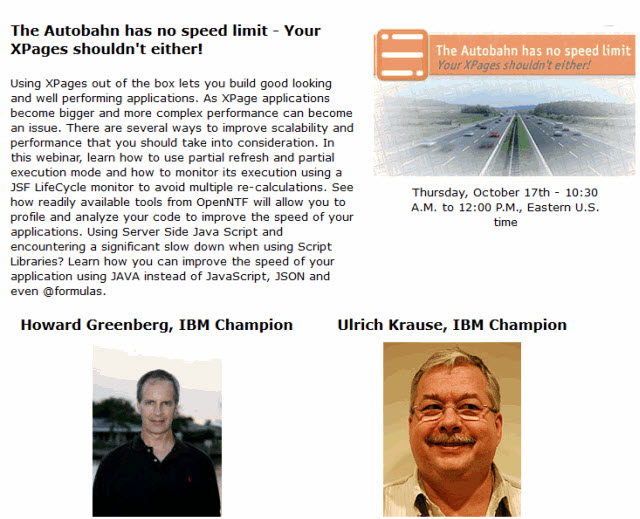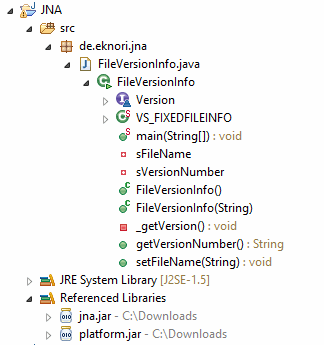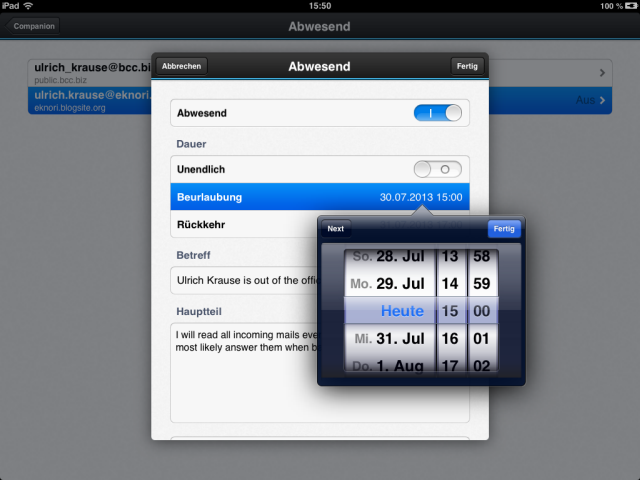Anyone wanting to know more about IBM Notes / Domino, or is interested in learning about current or recent developments, can use conferences ( such as MWLUG, ICONUK , BLUG, Connect ( a.k.a.Lotusphere), AdminCamp, Entwicklercamp, dominopoint, SNouG, DanNotes …) to gain a lot of knowledge in a short amount of time.
In addition to the educational opportunities, conferences provide a great chance to do some in-depth networking.
Because most experts attend conferences, they’re great occasions to both meet and introduce yourself to the forerunners in the field. Although it’s smart to attend a conferences that are held in your area, for networking purposes you should also attend those that are offered out of town.
You’ll be able to spread the name of your business further and get to know experts and insiders that you might not ordinarily get to meet.
Conferences have become some of the best platforms to learn new and innovative techniques and discover what is happening worldwide in the world of IBM Notes / Domino. As the goal of client satisfaction and meeting client deliverables in an efficient manner is paramount, being on the cutting edge of new techniques can only improve your business.
Attending a conference can be an overwhelming but exciting experience. So, before you go, take a moment to read these tips to make your conference experience even better.
Before the Conference
Before you go to a conference, it’s a great idea to set both general and specific goals for yourself, and come up with a plan on how to follow them while you’re there. Most goals fall into the following categories:
- Finding better and newer ways to undergo specific tasks and determining the best ways to accomplish these new techniques.
- Discovering the answers to certain problems or queries that you need to be solved.
- Learning about topics that can help you perform better.
- Uncovering the ways IBM Notes / Domino can help benefit you and your company.
After you’ve determined your goals, ascertain the sessions that are the most related to helping you accomplish them. Use the online agenda to plan your first and second choices for each available time slot. See if you can learn what the goals of each of the sessions are, (don’t forget to pay attention to whom the speaker is), and use that to help you make your decisions.
If you use advanced planning, you’ll be able to enter the conference less flustered and time-crunched, and thus have more time available for networking opportunities. And of course, don’t forget to bring your list of goals and your pre-determined agenda with you to the conference.
While at the Conference
The most important thing you can do at a conference is to make the most of all available opportunities.
- Attend all of your conference sessions and make notes on the speakers’ presentations.
- Go to all of the networking events available. These events are often filled with other marketers and have a tendency to be very lively, so they’re definitely worth your time.
- Introduce yourself to co-attendees and share your experiences and knowledge with your co-attendees.
After the Conference
After the conference is over, there are a few things you should do before you move on with your everyday life.
- Organize the notes you’ve taken, and extract any information that you deem to be important. Keep this knowledge handy so you don’t forget about it.
- If you’ve made any contacts that you clicked with at the conference, be sure to follow up with them so you don’t lose any of the progress made with your networking goals.
- Prioritize the information you’ve learned. It’s not always possible to implement all the new strategies you’ve learned immediately, so organize them according to your order of importance.
- Utilize the information that you’ve learned.
See you in Indianapolis, Brighton, Gelsenkirchen, Milano, Frankfurt and Zürich !!


